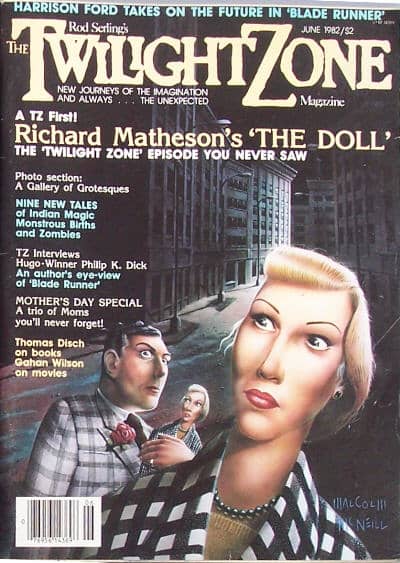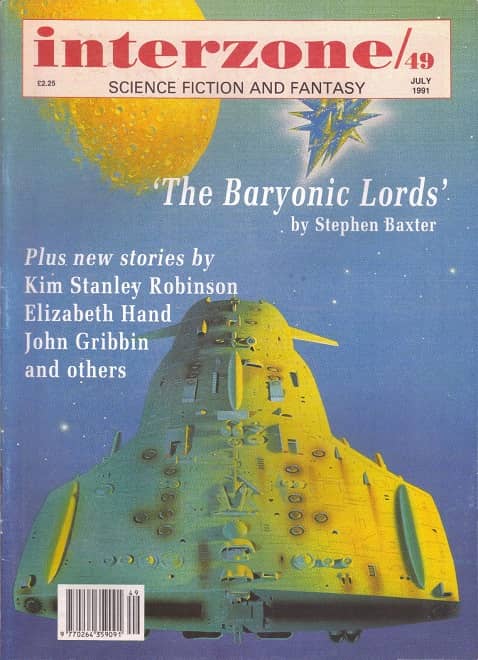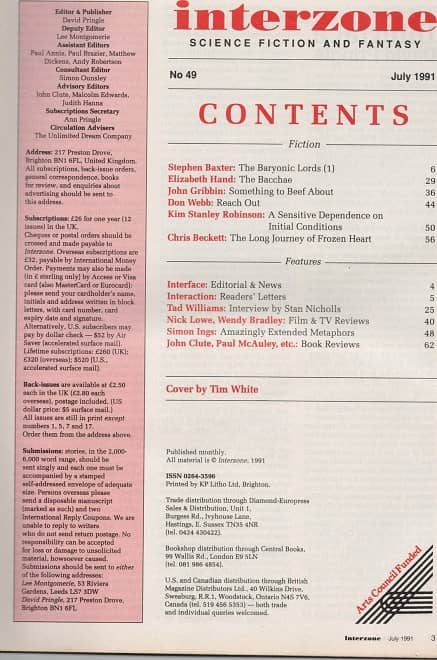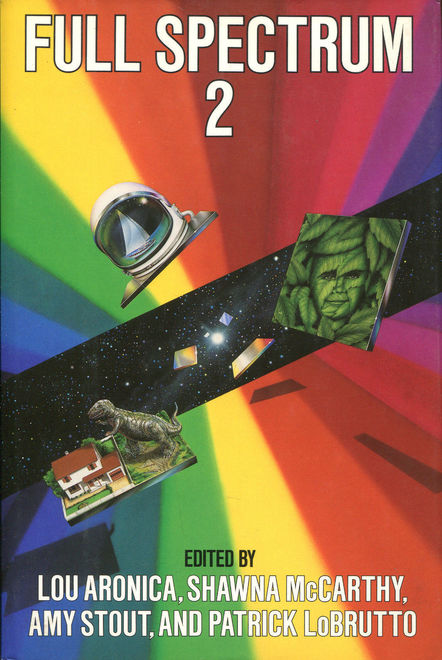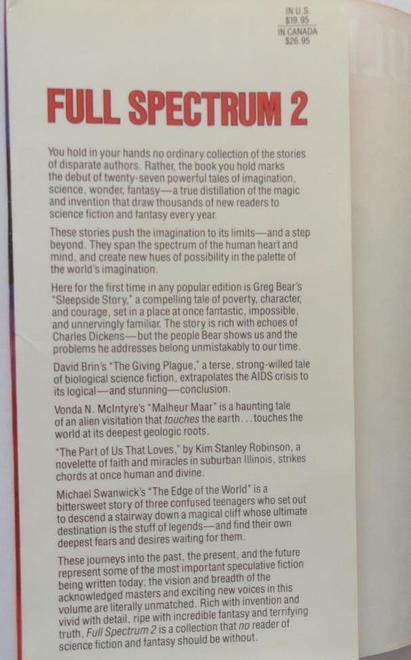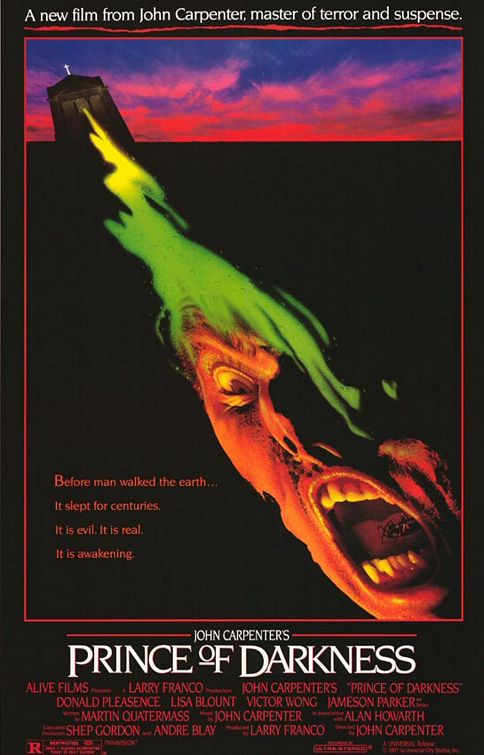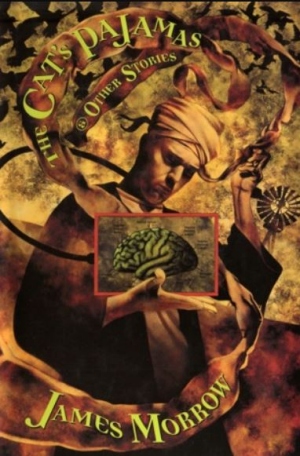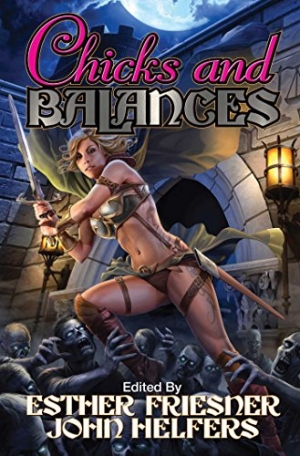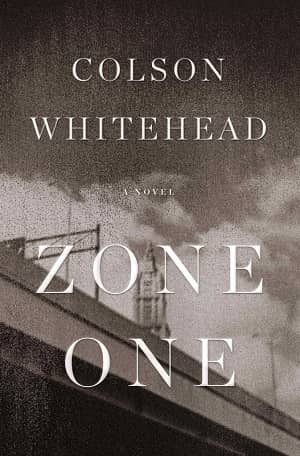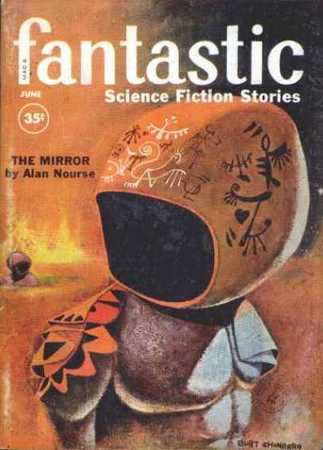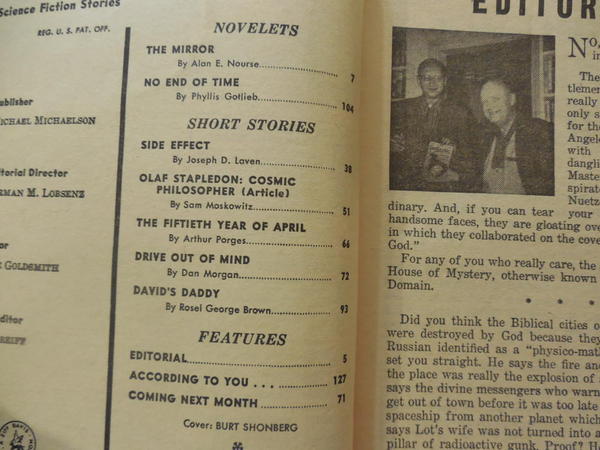Tales of the Thieftaker by D.B. Jackson
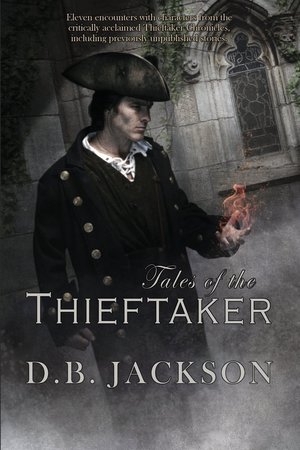 If I needed any more proof that there is a TON of fantasy being published these days, I need look no further than the case of D.B. Jackson, aka David B. Coe. He’s written nearly twenty novels, and the first time I heard of him was John O’Neill’s post about the book I’m reviewing today: Tales of the Thieftaker (2017). As Coe he’s written several epic fantasy series.
If I needed any more proof that there is a TON of fantasy being published these days, I need look no further than the case of D.B. Jackson, aka David B. Coe. He’s written nearly twenty novels, and the first time I heard of him was John O’Neill’s post about the book I’m reviewing today: Tales of the Thieftaker (2017). As Coe he’s written several epic fantasy series.
As Jackson, he’s written four novels about Ethan Kaille, a thieftaker and conjuror in pre-Revolutionary-era Boston. Historically, in a time before police forces, thieftakers were individuals who recovered stolen goods. By summoning up a spirit, conjurors have the ability to cast magic spells by drawing on “the power that dwelt between the living world and the realm of the dead.”
After his service in the Royal Navy Ethan went to sea as second mate on the Ruby Blade, a privateer out of Boston. His participation in a failed mutiny led to a sentence of 14 years penal servitude on Barbados. Upon release he made his way back to Boston. He has lost the woman he loved, lost his reputation, and as we learn in this collection, struggled to find a new purpose to his life.
Tales of the Thieftaker collects eight stories, two not-quite stories, and a novella. Except for the last, all the pieces were previously published. Most star Ethan and the rest focus on other important series characters. Despite one drawback, it serves as a fine introduction to Jackson’s character and his world.
The opening story stars Sephira Pryce, Ethan’s ongoing series antagonist. “The Cully” introduces Sephira as the twelve-year-old scout of a pickpocket. There are none of the supernatural elements that typify the later stories; here is a study of Boston as a city of significant divisions between rich and poor.
“The Tavern Fire” takes place before Ethan has returned to Boston and tells the “true history” of the Great Fire of 1760. It stars another series regular, Janna Windcatcher, proprietor of the Fat Spider tavern.
While the first two stories are well done, my unfamiliarity with the series’ characters meant they didn’t carry as much weight as I imagine they do for veteran readers. That was not the case with Ethan’s origin story, “A Memory of Freedom.” Ethan has only recently come back to Boston and is a bit of a broken man. He’s taken employment with an ill-tempered and unpleasant tavern-keeper. Fourteen years of enslavement have turned him into a subservient and extremely cautious man.
